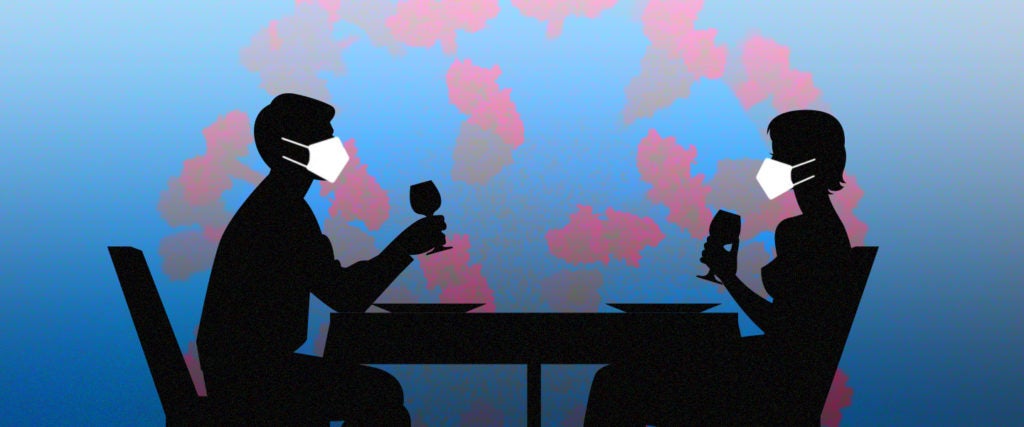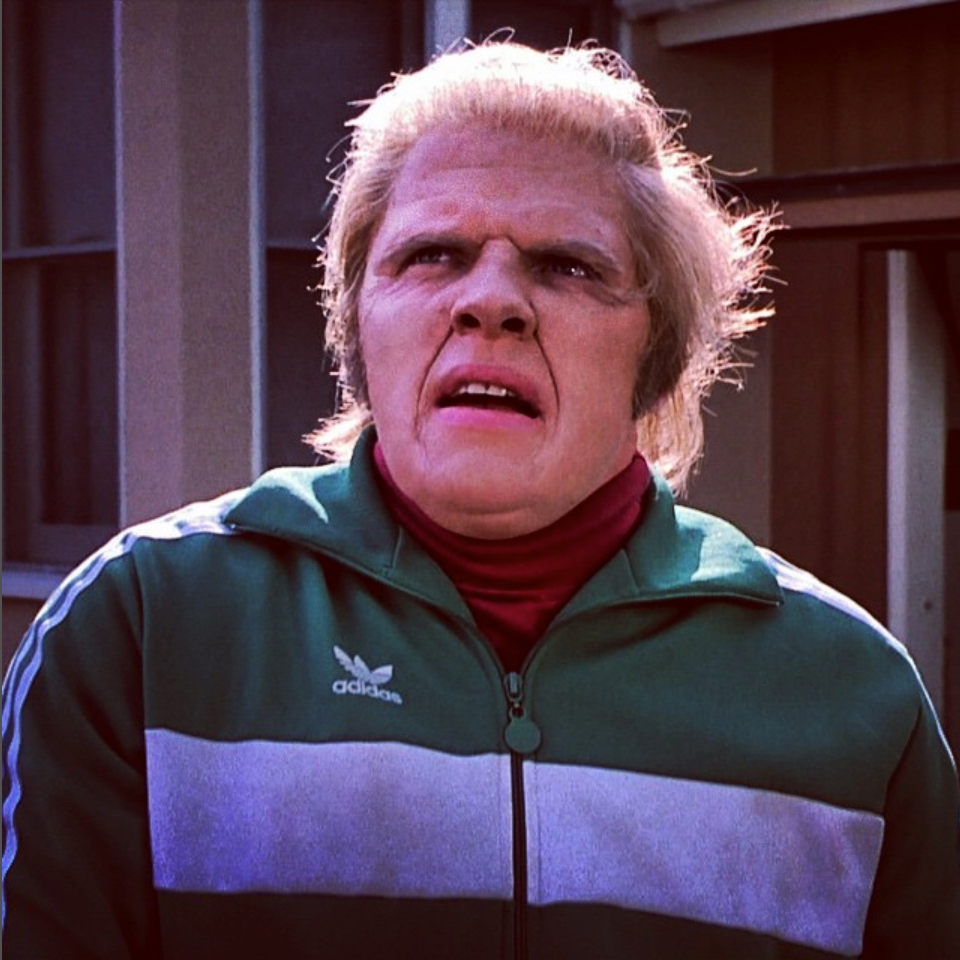When it comes to our current lives in isolation, many of us have settled into a nice (relatively speaking) routine: Stick around the house all day 24/7, and then venture out once a week maybe to go to the supermarket.
Ahh yes, the supermarket. The one place we have all collectively agreed is an essential weekly errand — likely something to do with our ongoing need for food.
But another place where food is also available is the humble dine-in restaurant, and although patios and parking lots are starting to open for the al fresco, socially distanced experience in accordance with the rules and regulations set forth by the city and state those restaurants are located, many are still wary of going out for dinner.
Should they be, though? Is taking in a meal under the stars and six feet away from your fellow patrons any riskier than waiting in line at the local Buy-N-Large?
Actually no, not really, says Paul Pottinger, director at the Infectious Diseases Training Program at the University of Washington. “I would say, if both the dining outside and the shopping are being done appropriately, in that the right precautions are being taken, they’re both relatively safe,” Pottinger argues. “What does that mean? Well, the Six-Foot Rule and wearing a mask [in the restaurant scenario, when you’re not eating] are king. That, combined with never going out if you’re feeling sick or if you’ve been exposed to other people who might be sick, if you can do those things, you should be safe, regardless of whether you’re outside of a restaurant or in a supermarket.”
That said, Pottinger acknowledges that there are still risks. “In both situations, it really depends on management,” he says. “At a restaurant, if the tables are just jammed together, that’s not safe, or if it’s inside and there’s not good traffic control, that doesn’t sound safe either. So it’s absolutely imperative that they enforce the Six-Foot Rule, that patrons are only served outdoors and the servers and anyone who isn’t eating should absolutely wear a mask. And no one should be allowed on the premises that looks sick.”
“Then, at a supermarket, the fact that there are crowds that might not adhere to social-distancing rules, or maybe someone isn’t wearing a mask, precautions need to be taken,” Pottinger continues. “The best situation would be to limit the number of people in the store to direct the traffic so that people aren’t crossing by each other, reaching across each other’s carts. You don’t want somebody up in your face, and you don’t want to be in somebody else’s face. So this requires the store to be organized.”
Pottinger makes the case, though, that if you’re wearing a mask, and you’re social distancing as best you can, you shouldn’t be facing too much of a risk, whether you’re in a store or at a restaurant. “If you’re feeling unsure, doing a little due diligence ahead of time never hurts — call the restaurant, call the supermarket, see what their protocol is. But I think if you can get more than six feet from others, you should be okay.”

